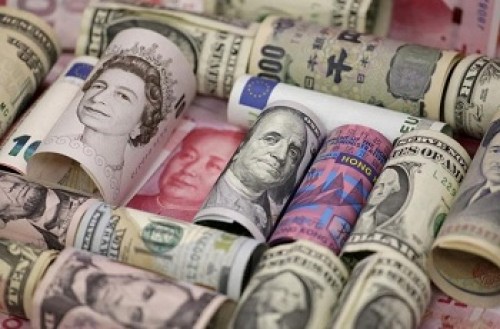Domestic markets likely to open in green on positive global cues
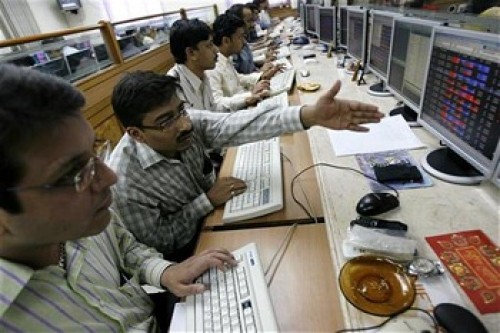
Follow us Now on Telegram ! Get daily 10 - 12 important updates on Business, Finance and Investment. Join our Telegram Channel
https://t.me/InvestmentGuruIndiacom
Download Telegram App before Joining the Channel
Indian markets bled in the last hour of a choppy session on Tuesday due to selling in financial, IT, FMCG and auto stocks. Today, the benchmark indices are likely to open in green following positive global cues. Traders will be taking encouragement as describing the Indian economy's recovery from the COVID-19 pandemic as distinct and pronounced, Finance Minister Nirmala Sitharaman exuded confidence about India posting robust economic growth this decade. Separately, she said the US-India relationship is at its best and will strengthen the global order in these challenging times. However, there may be some cautiousness as the International Monetary Fund (IMF) cut its growth forecast for India for FY23 by 80 basis points to 8.2 percent, warning that Russia's invasion of Ukraine would hurt consumption and hence, growth, by way of higher prices. Meanwhile, foreign institutional investors (FIIs) have net sold shares worth Rs 5,871.69 crore, while domestic institutional investors (DIIs) have net bought shares worth Rs 3,980.81 crore on April 19, as per provisional data available on the NSE. There will be some buzz in OMCs stocks as Fitch Ratings said further hikes in retail fuel prices may be required for state-run oil marketing companies' marketing margins to reach pre-November levels. Edible oil industry stocks will be in focus as Solvent Extractors’ Association of India (SEA) data showed that India’s oilmeals exports declined 36 per cent to 23.73 lakh tonnes in the last fiscal, while in value terms the shipments were down 37 per cent to Rs 5,600 crore on lower sale of soyabean meal in the overseas markets. There will be some reaction in fertilizer industry stocks with a private report that India’s fertiliser subsidy expenses could touch Rs 2 trillion in 2022-23 because of a sharp spike in global prices of urea, di-ammonium phosphate (DAP) and muriate of potash (MoP) in the last one year. NBFCs will be in limelight as the Reserve Bank of India (RBI) has mandated exposure limits to the non-banking finance companies (NBFCs), in line with commercial banks. There will be lots of earnings reaction based on the performance of the companies.
The US markets ended higher on Tuesday on the back of stronger-than-expected corporate earnings. Asian markets are trading mostly in green on Wednesday as China defied expectations by keeping its benchmark lending rate unchanged.
Back home, Indian equity benchmarks ended lower for a fifth straight day on Tuesday, dragged by heavy selling pressure in IT, FMCG and TECK stocks. The domestic indices fluctuated between gains and losses throughout the day before plunging sharply in late deals. Markets made positive start but soon turned volatile, as traders turned cautious after an Reserve Bank of India (RBI) article has flagged risks of disruptive spillovers from geopolitical hostilities and said India faces these challenges from a position of strength built on broadened vaccine coverage, financial sector resilience and robust exports and remittances and fiscal reprioritisation to spur capital spending on infrastructure. Some concerns also came as the International Monetary Fund (IMF) warned that the debt piled on by the private sector during the coronavirus pandemic could lower growth for emerging markets by 1.3 percent over three years. However, markets managed to trade in green in late morning deals, taking support from the commerce department’s preliminary data showing that India exported goods worth $18.79 billion during the first two weeks of April, up 37 per cent compared to the same period last year, as external demand continued to remain robust. Excluding petroleum products, the growth in this period was 23.64 per cent over the same period of 2021-22. Some support also came as working paper of the World Bank stated that extreme poverty in India declined by 12.3 percentage points between 2011 and 2019, with rural areas doing better than urban centres. But, a sudden sell-off during the fag-end of the session drove the markets down. Weaker quarterly corporate earnings, ongoing Russia-Ukraine spat, and high inflation worries also dented investor sentiment. Finally, the BSE Sensex fell 703.59 points or 1.23% to 56,463.15 and the CNX Nifty was down by 215.00 points or 1.25% to 16,958.65.
Above views are of the author and not of the website kindly read disclaimer







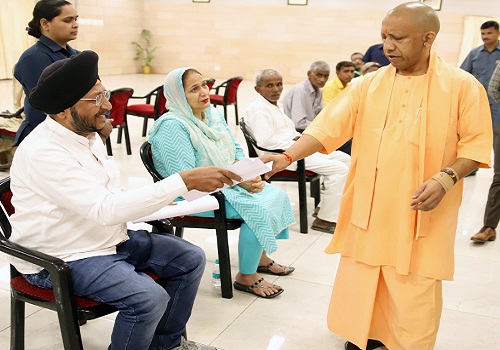


Tag News

Weekly Market Analysis : Markets strengthened recovery and gained nearly 2% in the passing w...
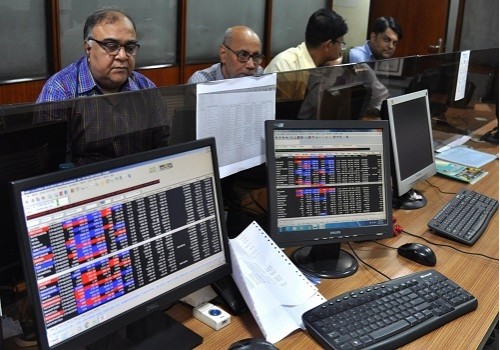
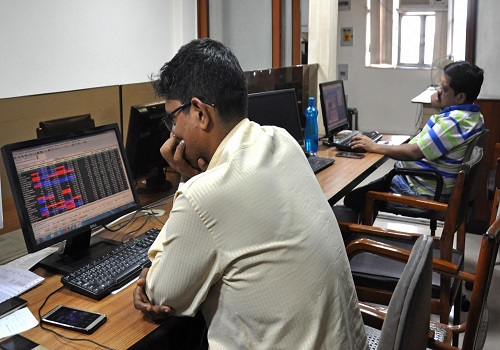
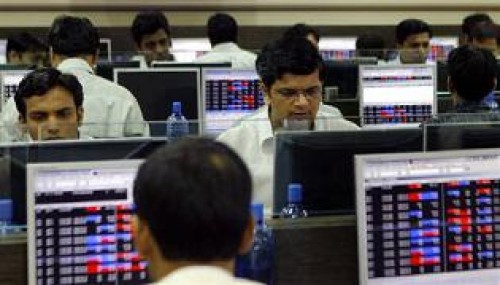
More News

Nifty is continuing its bullish momentum and SGX Nifty is suggesting another gap up opening ...







